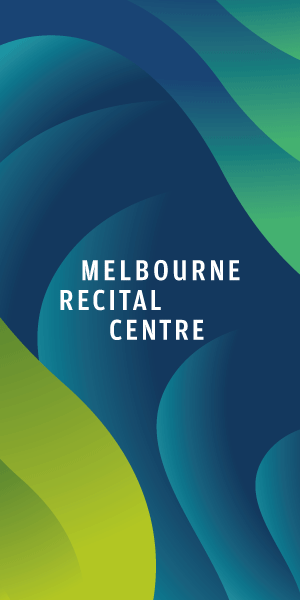Where to from here?
By Ellen Sandell - State MP for Melbourne
COVID-19 has fundamentally changed the way our CBD works. This pandemic has been extraordinarily tough for Melbourne, and especially for our CBD.
With six lockdowns in 18 months, the office workers, international students and tourists who once fuelled the daytime buzz and economy of the CBD have disappeared. We don’t know when, or how many, will come back.
Melbourne has traditionally relied on workers in finance, government, and education coming into the CBD every day for work. These workers in turn fuel our hospitality and retail sector. With working from home becoming a long-term option for many, this “normal” may never return.
So, what do we do instead?
I recently held three roundtables with CBD and Docklands residents. Consistently I heard that this lack of people and foot traffic in the city, as well as the rise in visible rough-sleeping and homelessness, and empty or shuttered shops and cafes, has made people feel a real sadness for our city’s future. It’s also fostered a sense of feeling unsafe walking around the city, and a worry about whether our city will ever recover.
For some hope, however, we can look to the example set by other cities.
When other cities have experienced big shocks and recessions, they have shown that creative industries and proactive government policy can lead to a resurgence in the economy and jobs. Governments in cities like Newcastle, Christchurch and Berlin have all taken active steps to attract the arts and new industries after a crisis. Melbourne could learn from them.
Perhaps we need to reimagine the purpose of Melbourne’s CBD. Rather than just relying on people coming into the CBD for work from 9am to 5pm, our city could transform into one that’s more about attracting people for unique experiences around the clock, while also becoming more liveable for permanent inner-city residents.
But this transformation will require real vision, and policy change, from governments at all levels: local, state and federal.
It could start with curated events and festivals, but it can’t stop there. It needs to be backed up with policies such as rent caps for creative industries. We need a change to the federal government policies that currently encourage landlords to keep shopfronts empty rather than rent them out for a discount.
It needs a longer-term strategy to bring more tech companies, gaming companies and biomedical industries to Melbourne, building on the strengths we already have while diversifying the CBD away from 9 to 5 government or financial services industries. We already have a world-class biomedical precinct, but we need policies to bring more of these companies here for the longer term. Perhaps we should look at state government subsidised rents for arts organisations or tech companies who base themselves in the CBD or Docklands for a minimum of five years.
On top of all of this, we need to ensure the inner-city is actually liveable for residents, which means looking at better ways to bust congestion and make streets safer for pedestrians, limiting the impact of short-stays and unfettered development on inner-city communities, reducing the impact of construction and noise which keep residents from having a good night’s sleep, and creating more micro green and public spaces in our laneways.
All of this will obviously rely on an improved vaccine rollout, but once this happens, we should not constrain our thinking and just try to get Melbourne back to “where it was before”.
Let’s have a big vision for what Melbourne could be.
What are your ideas for revitalising the CBD and inner suburbs? Email me! [email protected] •

City of Melbourne unveils next urban forest plan for the CBD




 Download the Latest Edition
Download the Latest Edition